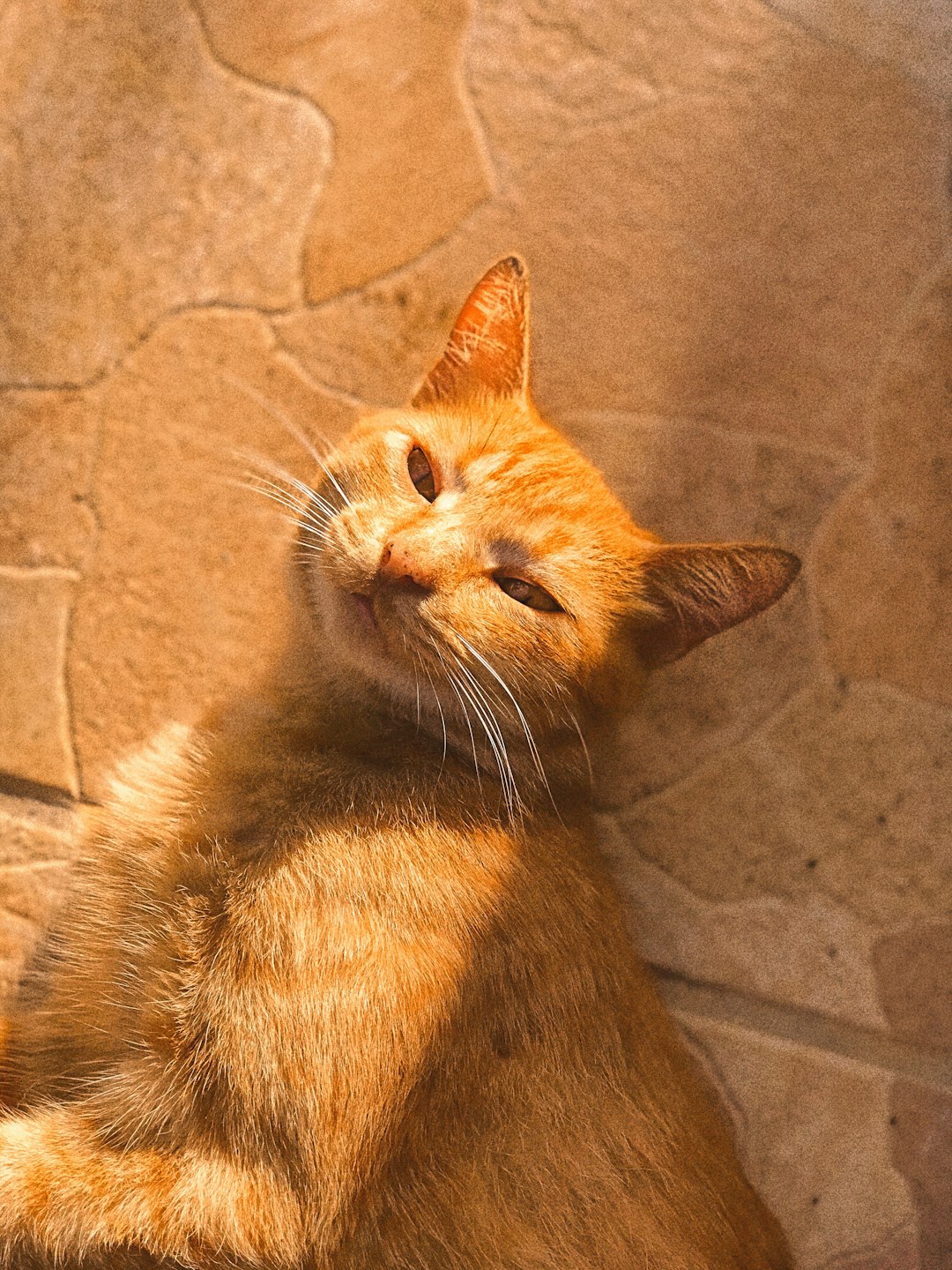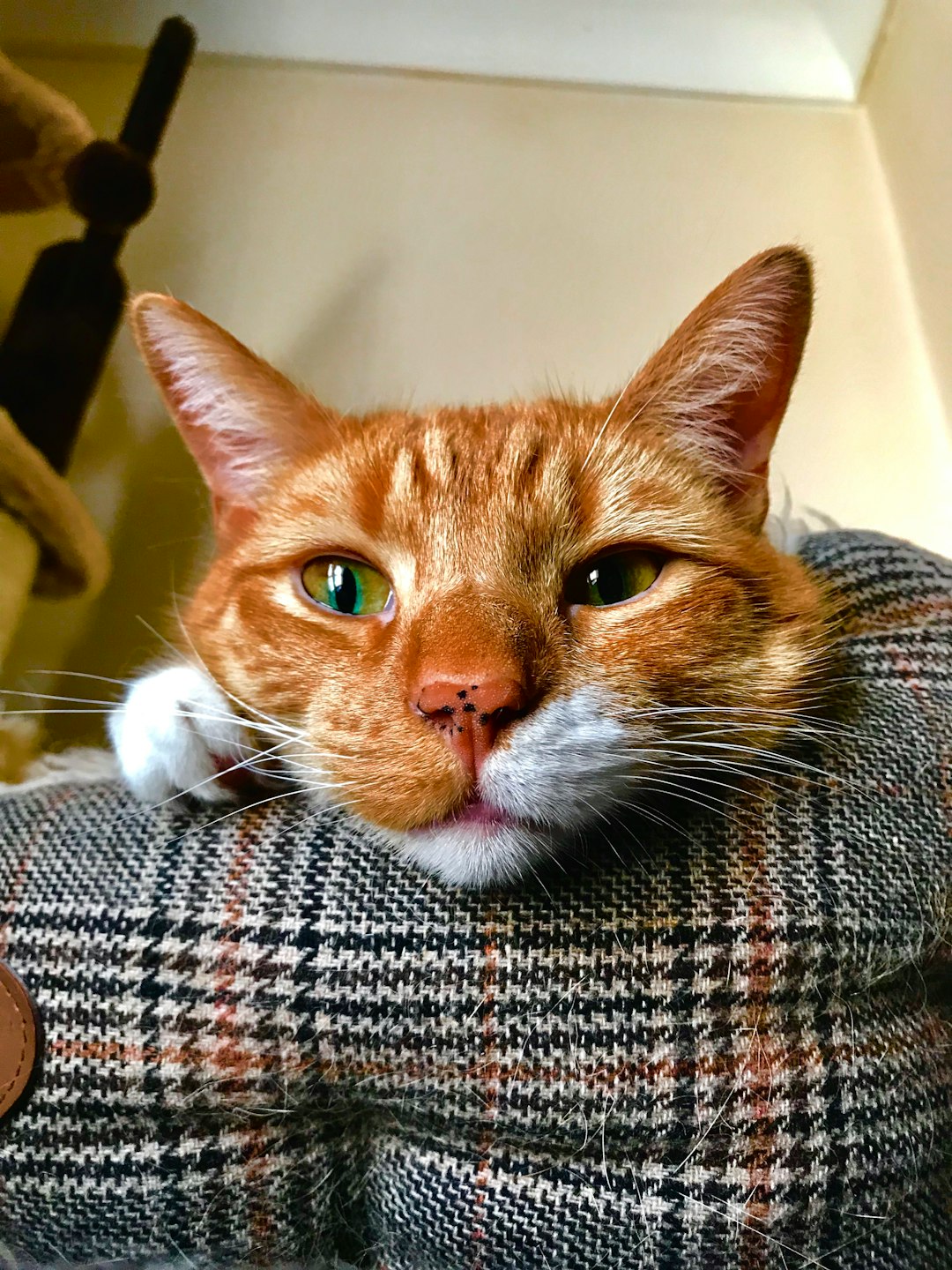When choosing a feline companion, understanding the key differences between male vs female cats plays a crucial role in ensuring the right fit for your household. While gender can influence personality traits, socialization patterns, and care requirements, individual variations often matter just as much. As you explore the fascinating world of cats, you’ll discover how biological differences shape behaviors and how spaying or neutering impacts temperament. By examining these factors, you can make an informed choice and create a harmonious environment for your new pet.
Biological Differences Between Male and Female Cats
Understanding the biological differences between male and female cats is essential for any cat owner. These differences can influence their behavior, health, and care needs. Here’s a breakdown of key distinctions:
| Characteristic | Male Cats | Female Cats |
|---|---|---|
| Size | Typically larger | Generally smaller |
| Weight | Average 10-15 lbs | Average 8-12 lbs |
| Reproductive Organs | Testes (external) | Ovaries and uterus (internal) |
| Hormonal Influence | Higher aggression; territorial | Often more nurturing |
| Behavioral Traits | Playful, mischievous | More aloof, independent |
Key Takeaways:
- Male vs female cats can vary widely in size and weight.
- Males tend to exhibit more territorial behaviors.
- Females often possess a nurturing instinct, making them different in temperamental responses.
By recognizing these biological traits, you can better anticipate the needs and behaviors of your feline companion, ensuring a happier home for both of you!

Common Personality Traits of Male Cats
When considering male vs female cats, personality traits often play a crucial role in your decision-making process. Male cats are known for specific characteristics that can help define their behavior and interaction with humans. Here are some common traits associated with male cats:
- Affectionate: Male cats tend to be more social and may seek attention and affection from their owners.
- Playful: They often display high energy levels and engage in playful behavior, which can lead to endless entertainment.
- Territorial: Male cats might show strong territorial instincts, often asserting dominance over their space or surroundings.
- Vocal: Many male cats are more vocal than their female counterparts, using sounds to express their feelings or seek interaction.
| Trait | Description |
|---|---|
| Affectionate | Often seek cuddles and enjoy spending time with owners. |
| Playful | Enjoy engaging in games and physical activities. |
| Territorial | May exhibit protective behaviors over their territory. |
| Vocal | Frequently communicate with sounds, demanding attention. |
Understanding these traits is essential, especially when weighing the differences in personality between male vs female cats. This knowledge can help ensure a harmonious connection between you and your feline friend.
Common Personality Traits of Female Cats
When considering male vs female cats, understanding the personality traits associated with female cats is essential. Female cats often exhibit distinct behaviors that can influence your decision. Here are some common traits:
Affectionate but Independent: Female cats tend to be loving companions yet maintain a strong sense of independence. They often enjoy snuggling but also appreciate their alone time.
Less Territorial: Generally, female cats are less territorial compared to their male counterparts. They exhibit more social behaviors, making it easier for them to coexist with other pets.
Nurturing Instincts: Female cats often display nurturing behaviors, even if they are not mothers. This can manifest as caring for toys or other animals in the household.
Friendly and Playful: While both genders enjoy play, female cats can be slightly more interactive with humans and may engage more in play activities.
Comparison Table
| Trait | Female Cats | Male Cats |
|---|---|---|
| Affection Level | High | High |
| Territorial Behavior | Low | High |
| Nurturing Instincts | Present | Rare |
| Playfulness | Moderate | High |
In summary, when exploring male vs female cats, female cats often offer a blend of affection and independence that makes them unique companions.
Impact of Neutering and Spaying on Behavior
When considering male vs female cats, understanding the effects of neutering and spaying is crucial. These procedures, which involve the removal of reproductive organs, significantly influence behavior in both genders.
Key Effects:
Reduced Aggression: Neutered male cats often show less territorial behavior and aggression, as the hormone testosterone decreases. Conversely, spayed female cats also exhibit calmer behaviors, alleviating aggressive tendencies in some cases.
Decreased Marking: Male cats, when neutered, are less likely to engage in urine marking, a common issue among unaltered males. Female cats typically do not mark as often, but spaying can minimize hormonal-driven behaviors.
Less Roaming: Neutering reduces the desire to wander in male cats. While females don’t roam as much, spaying eliminates the instinct to seek out mates, resulting in them staying closer to home.
Overall Benefits:
- Improved Sociability: Both neutered males and spayed females tend to be more friendly and sociable, making them better companions.
In summary, neutering and spaying markedly influence the behavior of male vs female cats, promoting a peaceful and interactive pet experience.

Socialization Patterns in Male and Female Cats
When exploring the socialization patterns of male vs female cats, significant differences become apparent. Understanding these patterns can enhance your pet ownership experience.
Male Cats:
- Often display more friendly and social behaviors.
- Tend to develop strong bonds with humans and other animals.
- Engage in playful roughhousing, which can sometimes seem aggressive.
Female Cats:
- Generally exhibit more reserved and independent tendencies.
- May prefer to socialize on their own terms, often approaching interaction when comfortable.
- Display maternal instincts, especially if they have had kittens, which can influence their behavior towards other pets.
| Characteristic | Male Cats | Female Cats |
|---|---|---|
| Social Tendency | More extroverted | More introverted |
| Bonding with Humans | Strong bonds | Selective bonding |
| Play Style | Playful and rambunctious | Cautious and gentle |
Recognizing these differences in male vs female cats allows you to tailor your socialization efforts and create a harmonious environment for your feline friend.
Care Requirements Based on Gender
When it comes to the care of male vs female cats, understanding their differing needs can enhance their well-being and your relationship with them. Here’s a concise look at the care requirements based on gender:
Male Cats
- Nutrition: Male cats, particularly those not neutered, have higher caloric needs due to activity levels. Maintaining a balanced diet helps prevent obesity and urinary issues.
- Grooming: Regular grooming is essential, especially in long-haired males, to prevent matting and hairballs.
Female Cats
- Nutrition: Spayed female cats may need fewer calories. Monitoring their weight is crucial to avoid obesity, which can lead to health complications.
- Grooming: Like males, female cats benefit from regular grooming. They generally have less aggressive fur growth, but it’s still important to maintain their coat.
Summary Table
| Feature | Male Cats | Female Cats |
|---|---|---|
| Caloric Needs | Generally higher | Generally lower |
| Grooming Needs | Often require more grooming | Similar, but less aggressive fur |
In conclusion, whether you choose male vs female cats, catering to their specific care requirements can lead to a happier, healthier feline friend.
Pros and Cons of Owning Male vs Female Cats
When considering male vs female cats, each gender brings unique traits and potential challenges. Here’s a breakdown to help you decide which might be the best fit for your home.
Male Cats
Pros:
- Generally more social and affectionate, often seeking human interaction.
- Tend to be playful for longer periods, making them great companions.
- Less territorial, which can result in fewer issues with other pets.
Cons:
- May exhibit marking behaviors if not neutered.
- Can be more prone to aggression, especially during mating season.
Female Cats
Pros:
- Often more independent, providing a low-maintenance option for some owners.
- Typically exhibit strong maternal instincts, which can be soothing in a family setting.
- Generally quieter than male cats, especially if spayed.
Cons:
- Can be more territorial, leading to stress in multi-pet households.
- May go into heat if not spayed, which can attract male cats and cause behavioral changes.
Ultimately, the choice between male vs female cats depends on your lifestyle and preferences. Understanding these pros and cons can aid in selecting a companion that fits your family dynamic.

Conclusion: Choosing the Right Cat for You
Deciding between a male vs female cat can significantly impact your experience as a cat owner. Here are key points to consider:
Personality Traits: Typically, male cats tend to be more social and playful, while female cats often exhibit nurturing and independent behavior. Assess your lifestyle and preferences accordingly.
Care Requirements: Neutering or spaying alters behaviors and can affect care needs. Male cats may be more prone to territorial marking, whereas females may be more sensitive to changes in their environment.
Space and Environment: If you have a spacious home, a playful male cat might thrive. However, for smaller areas, a female cat’s adaptable nature could be ideal.
Future Considerations: Always consider the long-term commitment involved. Both male and female cats require love, attention, and proper care throughout their lives.
Ultimately, choosing between male vs female cats should align with your living situation, personal preferences, and lifestyle. Spend time interacting with both genders to determine the best fit for you and your home.
Frequently Asked Questions
What are the main personality differences between male and female cats?
When it comes to personality, male and female cats can exhibit distinct behaviors. Male cats are often described as more playful, adventurous, and affectionate. They tend to be more social and may display a stronger desire for human interaction. On the other hand, female cats are generally more independent and may have a calmer demeanor. They often exhibit a nurturing instinct, especially if they have been spayed. These personality traits can vary significantly depending on the individual cat’s environment and socialization.
How does the care of male and female cats differ?
The care of male and female cats does have some notable differences, particularly regarding health and behavioral needs. Male cats, especially if unneutered, can exhibit territorial behavior and may require more training to prevent marking. In contrast, female cats may go into heat if not spayed, leading to behaviors such as yowling and increased roaming. Additionally, female cats are more prone to urinary tract infections, making hydration and diet important considerations. Providing appropriate medical care and understanding these differences can enhance the well-being of both male and female cats.
Are male or female cats better pets?
Choosing between a male or female cat largely depends on the owner’s lifestyle and preference rather than a definitive ‘better’ option. Male cats are generally more outgoing and may form stronger bonds with humans, making them suitable for families seeking companionship. In contrast, female cats may be ideal for those who appreciate a more independent pet. Ultimately, individual personality, socialization, and the specific environment can play a larger role in determining the suitability of a cat as a pet.
Do male and female cats require different nutritional needs?
Both male and female cats require balanced nutrition to maintain good health, but there are some differences to consider. Male cats are often more prone to obesity and urinary issues, so their diets may need to be monitored closely, especially if they are less active. Female cats should be given a diet that supports their reproductive health and overall well-being, especially if they are pregnant or nursing. Consulting with a veterinarian to tailor a diet based on individual needs, age, and health status is essential for both genders.



